If you are interested in the world of fashion and the latest trends we hope you are aware that this industry is one of the biggest polluters. Here are some facts about pollution in the fashion industry.
One of the most polluting items of clothing, and no, we're not kidding, are the cowboys. A garment that everybody has, a basic in our wardrobes. The jeans are made of microfibres and dyes that are highly polluting. Annually, around one billion jeans which, apart from needing large amounts of water, also require the use of pesticides. If organic fabrics were used, this would not happen. The way you consume and care for your jeans can be significant.
- WATER CONSUMPTION: Manufacture ONLY A FEW The use of about 7500 litres of water is involved.
- CHEMICALS: To make jeans, cotton is needed; it has to be sprayed with pesticides to prevent pests. In addition, the process of dyeing the fabric involves the use of many chemical-based products that infect the water and render it useless.
- CARBON EMISSIONS: The production and transport of denim garments generate carbon emissions that contribute to ozone layer depletion
- TISSUE WASTE: Both cuttings and discarded garments represent an extremely serious problem.

We are aware that jeans are a legendary garment that lasts over time. The fact that they pollute should not prohibit us from using them. It should encourage us to look for ways to consume fashion in a sustainable and responsible way.
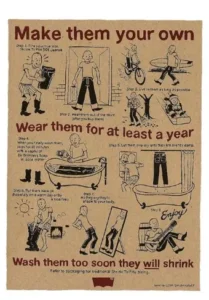
You can follow buying clothes but always in a conscious way. For example, opt for sustainable and organic brands or buy second-hand clothes. Here are some of them advantages and benefits of buy second hand clothes (both for you and for the environment).
- Saving money. Second-hand garments are more cheap and of better quality than fast fashion garments.
- Waste reduction. Buying second-hand clothes helps to reduce textile waste.
- Variety and exclusivity. You can find unique pieces. At The Patron Vintage have a large number of categories. You can find unique pieces at good prices and highly revalued in the market.
- Durability. Many second-hand clothes are made of quality materials that stand the test of time. One example is denim trousers such as Levis, Lee, Wrangleretc.
- Circular economy. Useful for extending the life cycle of clothing.
- Buying second-hand clothes reduces demand for new garments and therefore its production.
Fashion is an integral part of today's society, but its production and consumption has a significant impact on the environment. It goes without saying that we all want to look great: we can do it by buying second-hand clothes!


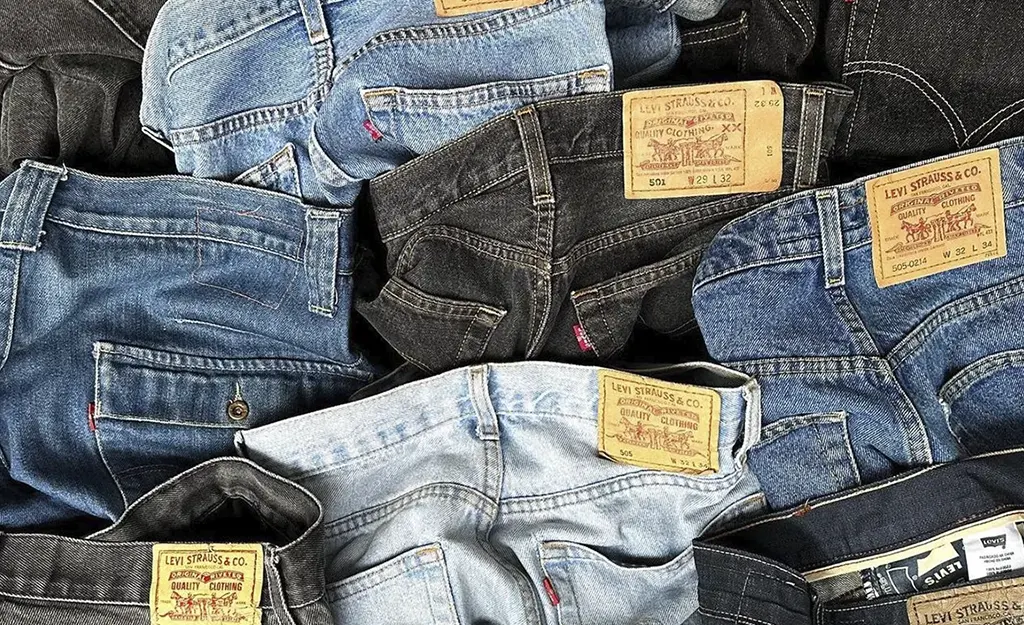
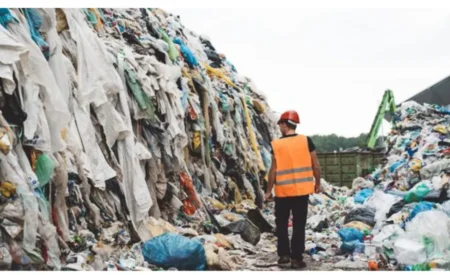

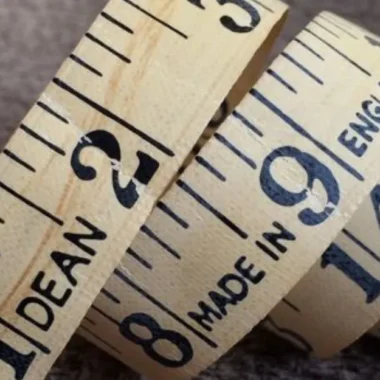
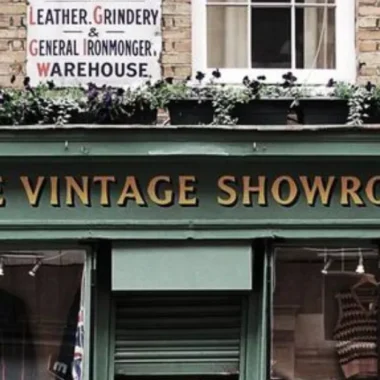

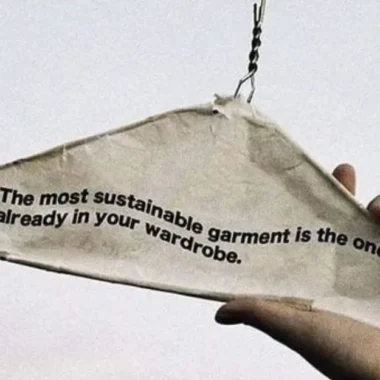
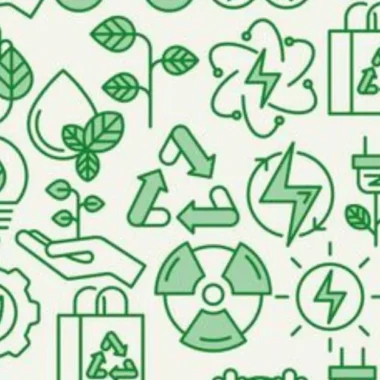

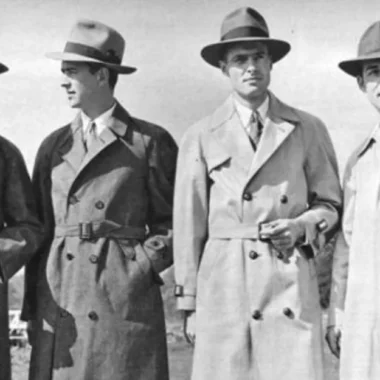

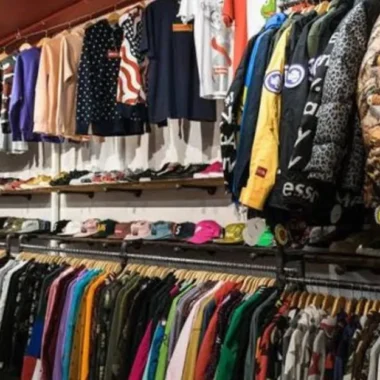


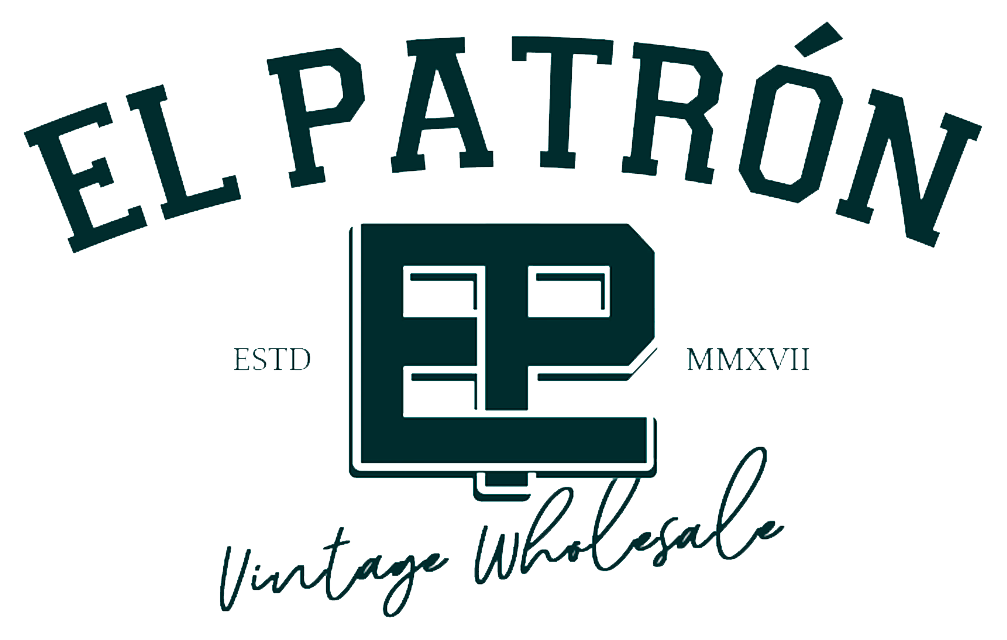

Pingback: WHERE DOES THE SALE OF VINTAGE CLOTHING BY THE KG COME FROM?
The way you present your arguments, backing them up with facts and concrete examples, is what makes your commentary so convincing and effective.